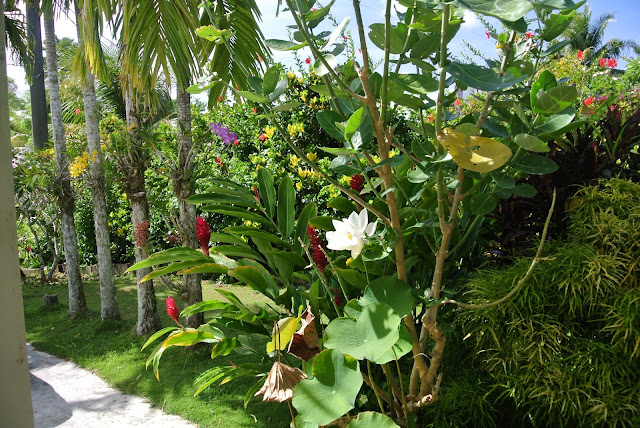This is all I could fit of the actual book review as it appeared in a newspaper in Greenfield, MA.
You can read the full review, below.
I once read an article about book reviews by a writer who said when he got a good one, he danced around the kitchen. I vowed that if I ever got a good review, I would do the same. So, back in December, when this review of my novel Brothers of the Fire Star came out in a newspaper in Massachusetts, I did just that--skittered around the kitchen waving my hands in the air and doing a soft-shoe version of a jig. It felt good. Of course, we are never really satisfied. Had I been the reviewer, I would have raved on about Arvidson's pitch-perfect ear for dialogue and his lyrical prose, not to mention his marvelous gift for description. But, anyway, here is the text of the review:
Book
review: ‘Brothers of the Fire Star’
By Tinky Weisblat
Friday, December 14, 2012
(Published in print: Saturday, December 15
By TINKY WEISBLAT
Special to The Recorder
“Brothers of the Fire Star” by Douglas
Arvidson (Crossquarter Publishing Group, 209 pages, $15.95)
“Brothers of the Fire Star” combines
history, spirituality and specialized knowledge to move its reader with a plea
for cross-racial unity and love of nature. The book will appeal to children
from middle school up as well as to adults.
Author Douglas Arvidson grew up in
Ashfield and now lives in coastal Virginia. In 1997, he and his wife, both
teachers, found work in a school on the island of Guahan (Guam), an American
territory in the western Pacific Ocean.
Long-time sailors, they lived on a
sailboat during their 11 years there. Arvidson soon became a member of an
organization dedicated to resurrecting the centuries-old Pacific-Island method
of navigation. Practitioners of this art are trained to study the stars, the
sea swells and wildlife in order to make their way through the sea.
Arvidson puts his knowledge of
navigation and nature to good use in “Brothers of the Fire Star.” The book
begins in December 1941, just after the bombing of Pearl Harbor, when the
Japanese invade Guahan.
Joseph, a 12-year-old boy from
Massachusetts who has been living on the island with his uncle, hides in the
woods during the attack and thus avoids the slaughter that claims his uncle and
many of the island’s inhabitants.
While taking shelter in a tree, Joseph
is visited by spirits who tell him that he is destined to sail away from Guahan
with a boy named Napu. Together they will learn “the ways of the ancient
navigators” and eventually return to Guahan to bring back those ways, now
forgotten.
Napu, who is just about to escape from
the war-torn island by boat, reluctantly takes the American boy along on his
voyage. Together they learn to sail, learn about war and learn how to get along
despite the differences in their backgrounds.
Arvidson’s prose in the book is matter
of fact, letting the story shine through relatively simple words. His young
heroes grow up before the reader’s eyes.
The boys are shocked by the devastation
of battle they encounter. Nevertheless, their growing bond and their study of
navigation teach them that friendship and communion with nature can transcend
war and death.
“Brothers of the Fire Star” isn’t
always a happy book. It is set in an unhappy time and place. Nevertheless, its
story is touching. And its plea for interracial cooperation and respect for
tradition is beautifully articulated and inspiring.
“Brothers of the Fire Star” is
available at the World Eye Bookshop.
Tinky Weisblat is a writer and singer
who lives in Hawley. Her Web site is www.merrylion.com; her blog is
www.ourgrandmotherskitchens.com.

.jpg)







.jpg)







































